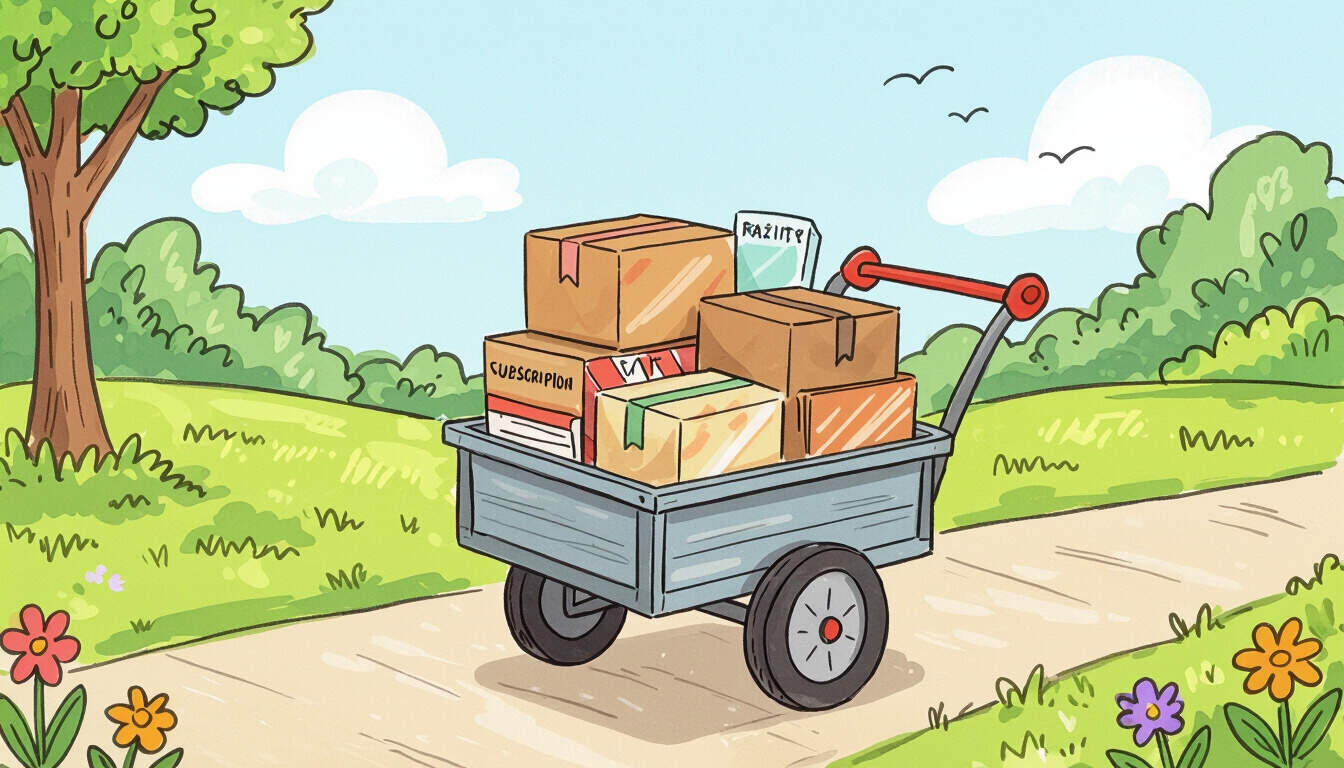Optimizing Delivery in Tiny Subscription Commerce Models
 by Thaddeus Blanda
by Thaddeus Blanda
Tiny subscription commerce models offer small businesses a way to build steady revenue through recurring services. This article explores practical strategies for improving delivery efficiency, reducing costs, and enhancing customer satisfaction in these setups, drawing from real-world applications.

Tiny subscription commerce models are gaining traction among small business owners as a reliable way to generate consistent income. These models involve offering products or services on a recurring basis, often at a small scale. For instance, a local artisan might provide monthly craft kits to subscribers, creating a steady customer base.
One key aspect is ensuring efficient delivery processes. delivery optimization can significantly impact customer retention. By streamlining operations, businesses can minimize delays and improve overall satisfaction.
In practice, tiny subscription setups often rely on simple logistics. Entrepreneurs can begin by assessing their current systems. For example, using basic inventory tools helps track stock levels and avoid shortages. This approach allows for better planning and reduces waste.
Another strategy involves partnering with local providers. subscription commerce thrives when deliveries are timely and cost-effective. Small owners might collaborate with nearby shipping services to cut down on expenses and speed up transit times.
Consider the role of technology in these models. Simple software solutions can automate order processing and updates. This integration ensures that subscribers receive notifications about their shipments, fostering trust and loyalty.
Benefits of Tiny Models
Tiny subscription commerce offers several advantages for e-commerce enthusiasts. First, it provides predictable revenue streams. Unlike one-time sales, recurring payments help stabilize finances for small ventures.
Additionally, these models encourage customer engagement. Subscribers often feel more connected to brands that deliver value regularly. e-commerce strategies like personalized offerings can enhance this bond, leading to higher renewal rates.
From a business perspective, scaling is manageable. Owners can start small and expand based on demand. For example, a niche food producer might begin with a handful of subscribers and grow through word-of-mouth recommendations.
Practical Tips for Implementation
To optimize operations, focus on core elements. Begin with selecting reliable suppliers. Ensuring quality materials supports consistent product delivery, which is vital for maintaining subscriber interest.
Next, monitor feedback actively. Regular surveys can reveal areas for improvement. tiny subscription businesses benefit from quick adjustments based on customer input, helping to refine services over time.
Cost management is also crucial. Analyze expenses related to packaging and shipping. By negotiating better rates or choosing eco-friendly options, owners can reduce overhead while appealing to environmentally conscious consumers.
In terms of growth, diversification matters. Offering tiered plans allows subscribers to choose levels that suit their needs. This flexibility can attract a broader audience and increase revenue potential.
Case Examples
Many small businesses have succeeded with these approaches. A boutique coffee roaster, for instance, uses weekly deliveries to build a loyal following. By focusing on fresh brews and prompt service, they have expanded their subscriber list steadily.
Similarly, a digital content creator offers monthly guides through a subscription service. commerce models like this emphasize digital delivery, which eliminates physical shipping challenges and lowers costs.
These examples highlight the adaptability of tiny setups. Entrepreneurs can learn from such successes to tailor their own strategies.
Challenges and Solutions
Despite the benefits, challenges exist. Inventory fluctuations can disrupt schedules. To counter this, implement buffer stocks to handle unexpected demand spikes.
Payment processing is another area. Ensuring secure and seamless transactions builds confidence. Tools that support multiple payment methods can simplify this for subscribers.
Finally, staying competitive requires innovation. Regularly updating offerings keeps the model fresh and engaging. business owners should prioritize trends that align with subscriber preferences.
In summary, tiny subscription commerce models provide a solid foundation for growth. By emphasizing efficient delivery and smart strategies, entrepreneurs and e-commerce enthusiasts can achieve long-term success.
